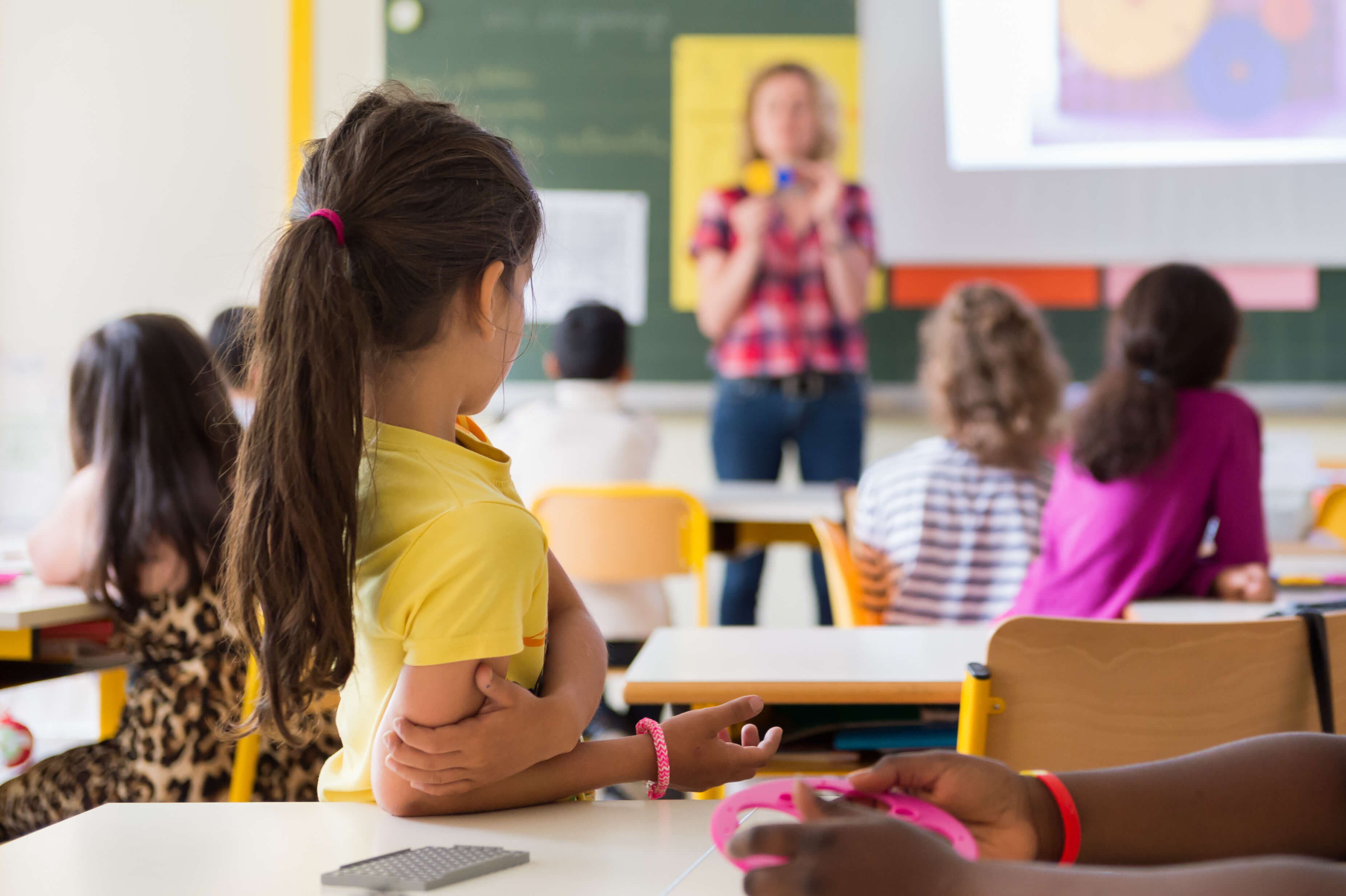Getting along with a web marketer is about as easy as negotiating your client’s settlement over a picnic outside the courthouse. Some people are that easy to work with, but they’re about as common as an 8-1 ruling in the Supreme Court.

image credit:localang.com
For lawyers, web marketing is what the French call a devoir — a “have to.” Most of us would rather wash our hands of it. After all, we went for a JD, not an MBA or a marketing degree. We have a whole desk full of case files and ethical obligations demanding our time. Marketing is hitching for a spot in the backseat, at best.
But the Web is where the clients are. Internet marketers are the new rainmakers. We need them to keep the soil moist, so to speak. In today’s marketplace, Google is the ground from which law firms grow.
The trick is to find a marketing firm that can get the job done at the right price… while keeping our blood pressure below the call-an-ambulance level.
That’s easier said than done, but here’s some advice.
Five Commandments for Keeping the Peace with a Web Marketer
1. Slow and Steady
You know what they say — it wins the race. SEO is not an impatient person’s game. Top 10 search results are not achieved overnight. Sure, you might see a blip here and there, but if you’re looking for instant gratification, you’re searching in vain. Think of it as the stock market. You’re investing for long-term gain.
2. Micromanagement is a killer:
Attempting to micromanage your marketing will put you and your marketer in that blood pressure danger zone. You’re the lawyer. They’re the web gurus. You each have jobs to do, so stick to those. It’ll do wonders for the relationship.
3. Know what you’re paying for:
Legal web marketing isn’t exactly inexpensive. Like most things in life, you get what you pay for. Just know what you’re paying for. A good marketing firm will offer itemized transparency for their services, and that’ll keep you from feeling resentful about any “phantom charges.”
4. Don’t get emotional:
This isn’t “Dr. Phil.” Your relationship with your web marketer means everything, but that relationship should be built on performance, dependability, and communication — not personality. Trust is important, and it takes time, but you should assess the firm’s effectiveness in the services they provide, not the extent to which you “like” them as people. Oh, and the Golden Rule applies here too — treat your marketers with the courtesy and respect you expect from them.
5. Work with good people
This is especially important in the legal arena. So much of web marketing is content-based; but as attorneys, we have to be careful about whom we allow writing about the law on our behalf. Stick with experienced and highly credentialed marketers, preferably those who are able to have your content written by licensed attorneys. The State Bar will thank you for it (in the form of zero discipline for marketing blunders). Here again, you get what you pay for.
Need Web Marketing Advice for Attorneys? Ask.
As the old saying goes, you don’t know what you don’t know. If you need web marketing advice for attorneys, ask around. Maybe some of your law school friends practicing in other jurisdictions can share their experiences. A simple conversation can shed real insight.
You might be surprised by how much you’ll learn from the web marketers themselves. Ask them to educate you. Most are more than willing to elaborate on their history, their best practices, and their approach to client management.
Working with web marketers isn’t always easy, but take these tips to heart and you’ll see long-term success (instead of simply seeing red).
Kaplan Lawyers PC is a New York City personal injury law firm that helps victims of personal injury and their families in Bronx, Queens, and Kings Counties, as well as all of New York City.






















